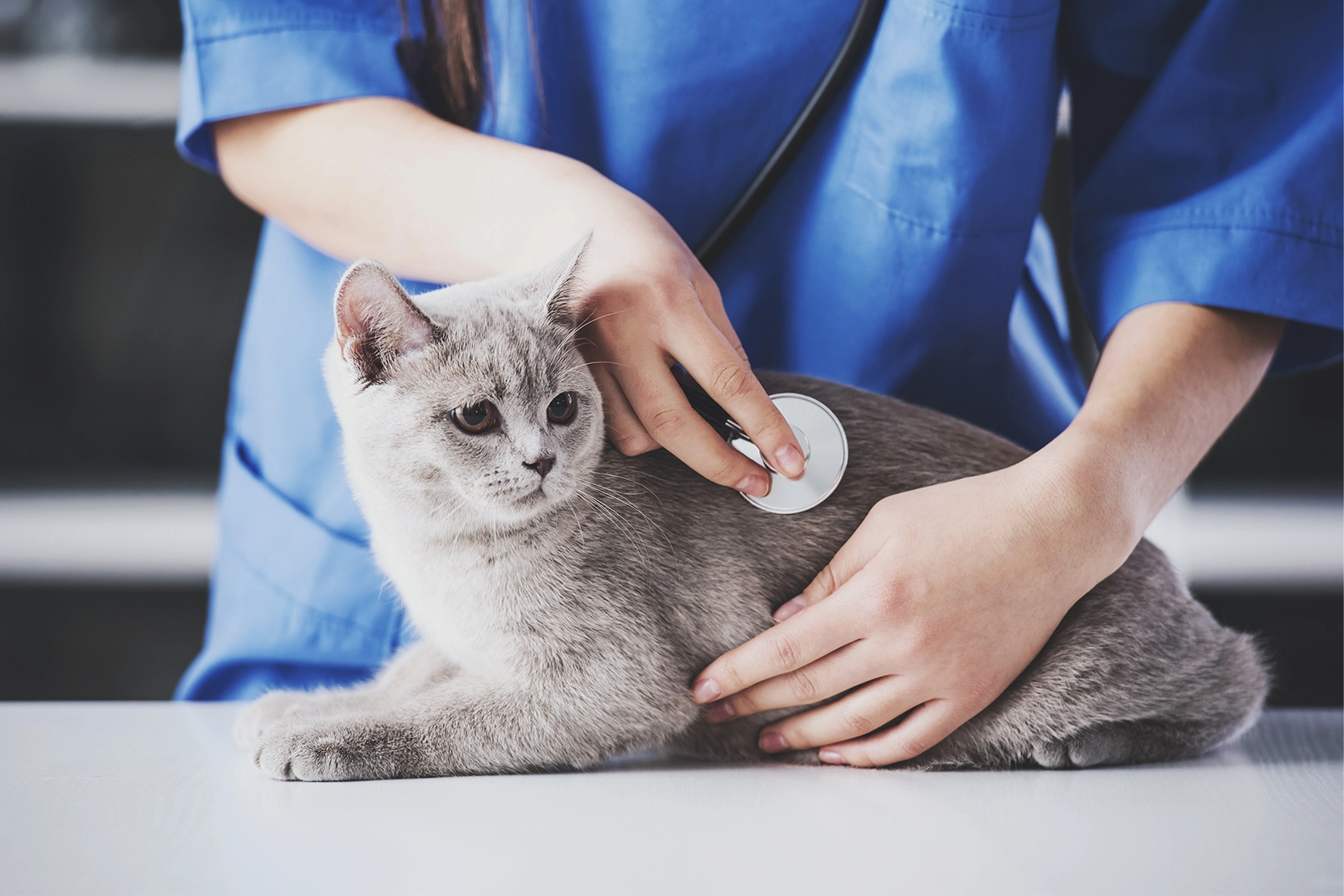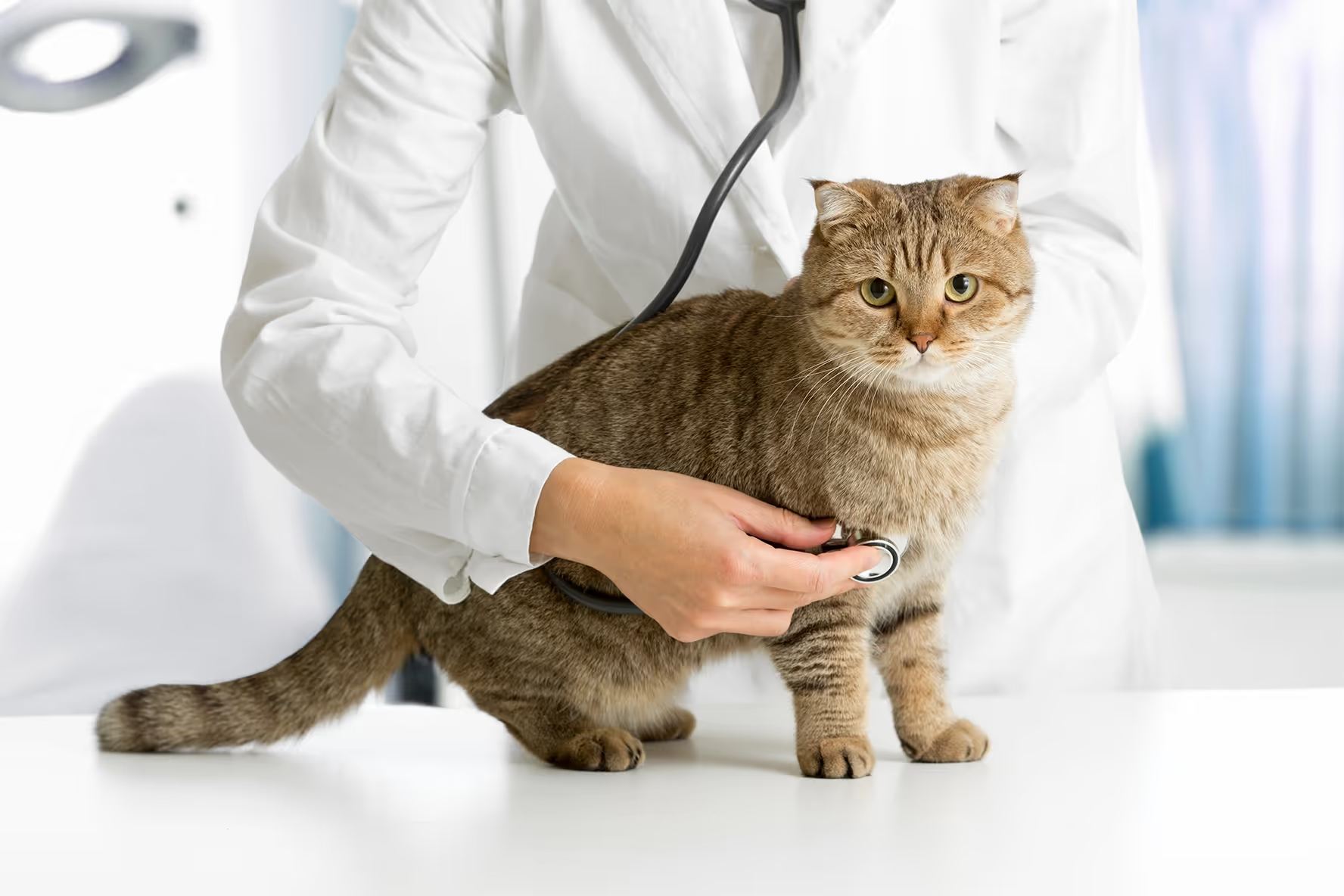
Food can obviously make a pretty large impact on your pet’s treatment, just as it would for a human. Making sure that you are providing as much help as you can for your healing dog is something any pet parent needs to be able to do.
Understanding Dog Dietary Needs
Your dog, though their sweet face may make it hard to believe, is a descendant of wolves. Their dietary needs are very similar to that of their wilder counterparts and haven’t changed all that much through their domestication. If anything, the biggest change is asking you for food with those big, begging, puppy-dog eyes.
Looking at the wolves’ diet brings us a lot closer to understanding what your dog will need to get through their treatment and remain as healthy and strong as possible. Of course, a few tweaks along the way will be necessary to account for the medicine and the cancerous cells that we all want gone.
Wolves have a diet of prey, usually something that is more of an herbivore than they are. It is through eating the meat of their prey that they get protein, fat, and vegetables. They also get calcium if they eat bones. Your dog needs all the same things in their diet, especially when their body is losing strength from a sickness like Lymphoma.¹
Something you may notice is absent from the list of needs is carbohydrates. Your dog isn’t actually built to process carbs as well as you are, but cancer loves carbohydrates. Sugars can fuel cancer cells and make them stronger, so avoiding many processed carbs or grain-based foods outside of brown rice and oatmeal is highly recommended.³
How To Change Your Dog’s Diet
You should start by talking to your vet about what their suggestions are for your dog. While we can provide general instructions, you should always double check with a professional who knows your dog’s case and can approve our suggestions or recommend other options.
When you choose your dog’s new diet plan, putting it into action isn’t as simple as just swapping their normal kibble for the new meal. Dogs' stomachs are built to process food a certain way: if a dog is always eating the same meal every day, twice a day, then their stomachs will need some time to adjust.¹
Typically when changing a dog’s food you should gradually adjust it over the course of 2 weeks, slowly adding more of the new food to the old until it becomes the full meal. For a healthy dog, if this process is rushed it can occasionally lead to digestive problems, so be sure to take your time. The food will help, but not if you force it to.
What Should Go Into Your Dog’s New Diet
Taking note from the wolf diet, protein, fat, vegetables, and calcium should be implemented in a new diet. But what is considered a good source of those?
When it comes to proteins, while humans like a more lean piece of meat that doesn’t have very much fat, your dog will benefit greatly from one that has more fatty pieces on it. It’s an easy way to get both protein and fats.
Some people think that the best way to feed a dog is with raw meat, and for some dogs a diet of fresh raw meat can be a great option. However, for a dog in chemotherapy treatment, raw meat holds potential for microbes that could damage the progression of their treatment or cause a new ailment. Cooked meat will be much better for your pet. One of the most highly recommended methods for cooking meat for dogs is to boil it, as it kills off any potential microbes but doesn’t develop any extra carcinogens (cancer forming substance often found in red meats) the way that cooking at a high temperature might.¹
They also will need good fatty acids like Omega-3 and Omega-6’s. Omega-3’s are found in coldwater fish, but you can also give your dog a fish oil supplement. Omega-6’s are going to be found in that fatty section of the protein you give them as well as in vegetable oils like sunflower seed oil or canola oil.²
Vegetables can be a little bit more complicated. Wolves don’t eat often vegetables themselves but get the nutrients from their prey. Wolves and dogs alike are not built to digest vegetables fully from their raw, natural state, the way that an herbivore is. The vegetables are processed most of the way by the animal that becomes the wolves’ food, so when we cook vegetables we mimic that process.
All vegetables should be processed before being added to the meal, either put through a food processor and made very small, or boiled/steamed until they are mushy and soft. This takes a lot of the work off the dog’s digestive tract and allows them to get the nutrients from the vegetables.
Getting calcium into your dog’s diet can be as easy or hard as you make it. Quick easy fixes for calcium needs can be cheese or a calcium supplement (be sure to ask your vet their recommendations for your dog on this one). These can easily be given as a quick addition to a meal or as a treat. Some harder to come by, though arguably more fun, options for calcium could be chicken or turkey necks.¹
Base Recipe
- 2 ½ -3 lbs of meat
- Beef, Chicken, Fish, Turkey, etc.
- 1 ½ cups of oatmeal
- Or 1 ¼ cups of brown rice
- ¾ lb of vegetables
- Shiitake mushrooms, brussels sprouts, broccoli, cauliflower, cabbage, red or yellow bell peppers
- Can be any combination as well!
- 1 cup of cheese
- Cottage cheese, a shredded or food processed block of cheese
- ½ teaspoon of fatty acids from oils
- Fish oil, sunflower seed oil, canola oil
- Calcium of choice
- Either supplement or chicken/turkey necks
-Note: avoid adding salt to the ingredients and getting anything sodium heavy. It is possible that it may accelerate some cancers and it’s better to be safe than sorry.
- Boil the meat to required doneness. Poultry should always be cooked all the way through. Other meats like beef, pork, etc, can be cooked to kill off surface microbes or until fully cooked. Once fully cooked, chop or food process the meat until it is smaller than bite-size, slightly smaller than kibble. If ground meat, break up as small as possible.
- Cook oats or rice according to package directions.
- Cook vegetables either by boiling or steaming until fully cooked, go slightly longer than you would for yourself. Chop or food process into small pieces, smaller than the meat if possible. OR food process raw vegetables into a puree.
- If using poultry necks, remove skin and trim fat from the necks. Simmer them until they are cooked through. Once cooked, chop into small pieces. OR if using calcium supplements, crush in a mortar and pestle until it is a fine powder.
- Mix together meat and cooked necks( if using) then add brown rice or oatmeal and vegetables together.
- In a separate bowl, mix together choice of cheese with calcium tablets (if using), and the oil of choice. Combine until smooth.
- Combine both bowls together. Mix well.
This recipe can be stored in an airtight container for up to 4 days in the fridge. Alter the amounts based on your pet’s weight, or store some in an airtight container in the freezer until needed, up to 6 months.
Ask your vet if there is anything additional to these ingredients that may help with your pet’s particular case, or if there is anything they should avoid. This simple recipe can also be altered to your dog’s preferences at any time as long as the introduction to new ingredients is done gradually.


